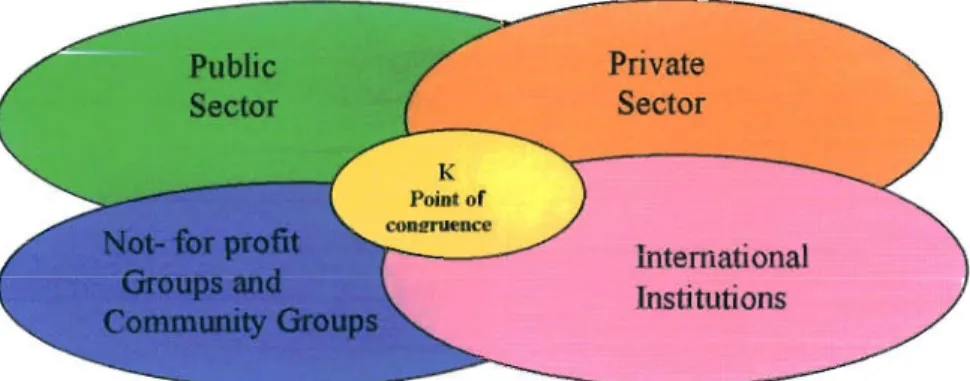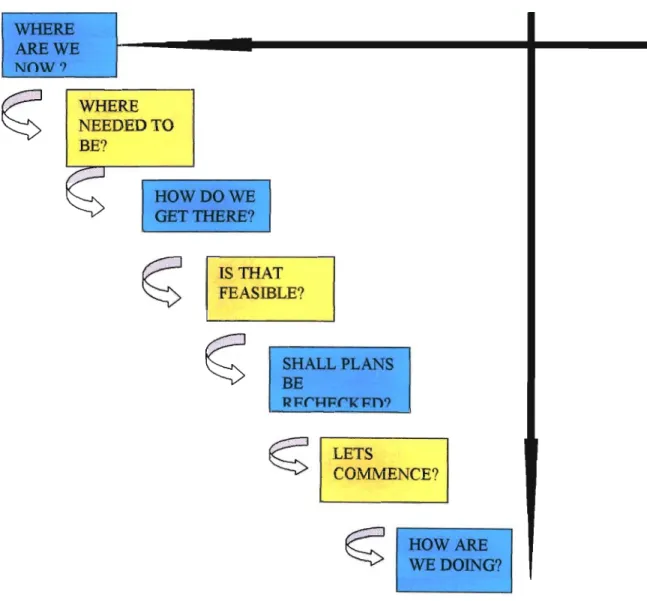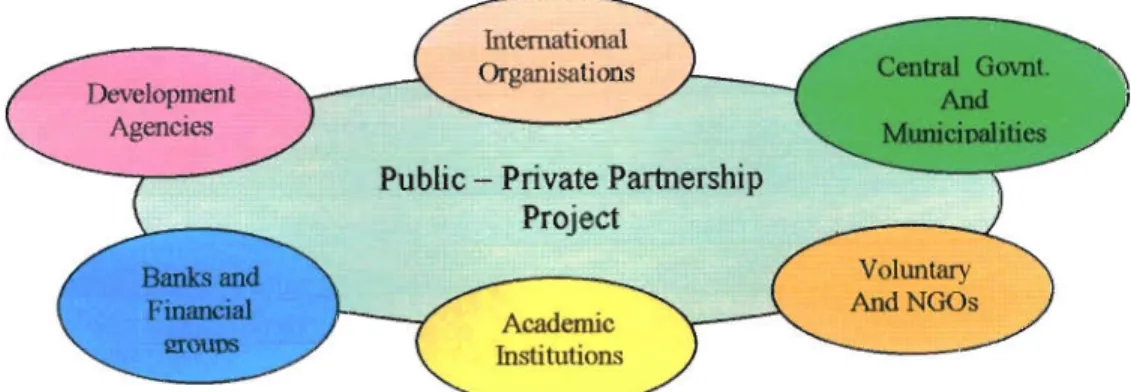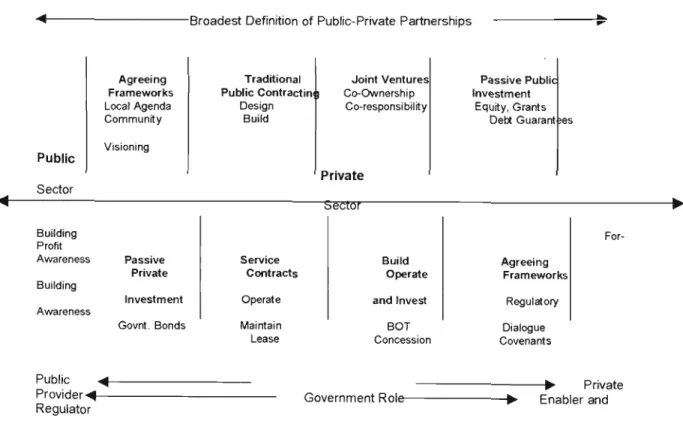This research examines the effectiveness of public-private partnerships as a mechanism for promoting growth and building capacity in South Africa, both at the national and local levels. A comparison is made through primary and secondary data analyzes to determine international trends and best practices in adopting a public-private partnership approach. This study explores the effectiveness of public-private partnerships as a mechanism for promoting growth and building capacity in South Africa at the national and local levels by assessing some existing public-private partnerships in the water sector.
The dissertation will aim to assess the benefits, opportunities and challenges presented by public private partnership in service delivery. The paper discusses the broad trends and practices of public private partnerships in a rapidly developing South Africa, and the challenges facing the public sector and the involvement of the private sector in providing water as an economic and social good. These findings confirm much of what is found in the current literature and research on public private partnerships.
Introduction
The Role of Public Pri vate Partnerships in Expanding Urban Services
34; The end of the 20th century witnessed an unprecedented change in the pattern of human settlement. One of the limitations of official development assistance is that it provides only a short-term solution and not a lasting means of sustainable development. Generally, this has taken the form of total privatization, where the public sector relinquishes full ownership and control of government-provided services and their underlying assets to the private sector entity, either through direct sale of the assets, either through long-term concessions.
The UNDP report presents important information in terms of the range of public-private partnerships that can be formed to play a role in urban service delivery and how these should be formed to be most effective. The state retains ownership of the infrastructure facilities and becomes both the customer and the regulator of the service. In this case, there is a shift in the role of the public sector from a service provider to a regulator of its price and quantity.
Fixed infrastructure assets are entrusted to the concessionaire for the duration of the contract, but remain state property. On the one hand, the chapter begins by painting the context of public-private partnerships in SA and the assertive political environment that is emerging in S. The new government is committed to addressing the inequalities of the past, which are significant.
The National Treasury website indicates that, for example, in the transport sector, the establishment of the National Roads Agency (NRA), as an independent institution for managing major projects with the private sector, has streamlined the procurement process and has gained investor confidence awakened. Some of the key issues at the center of the controversy are job security, affordability of services, private sector exploitation and the. Lawyer Uven Bunsee of the National Treasury PPP Unit said during an interview that there is a range of approaches needed for different needs and challenges.
In rationalizing the budget process, the aim is also to develop new markets where previously no private sector participation existed. Policy dimensions: The state considers PPPs as an integral part of the provision of public services and public infrastructure in all sectors. Vision for the future of local government in terms of the recently adopted South African Constitution.

Policies and Legislation
With a view to the implementation of these decisions and the provision of services, the Integrated Development Plan (lOP) and the Integrated Municipal Infrastructure Plan (MIIP) regulate how municipalities must achieve their service delivery objectives. Through the lOP Framework, municipalities are therefore regulated with regard to the way in which they fulfill their service delivery agendas. The above legislative framework facilitates an integrated approach to municipal management and has the potential to bring public-private partnerships under one roof with economic development.
More Municipal Policy Frameworks
Another initiative aimed at increasing municipal capacity is the creation of the National Business Initiative (NBI). The aim of the center is to become a leading provider of information and coordination of PPPs in South Africa. Since the beginning of the first democratic elections in South Africa, the government's policy on water has also been undergoing systematic change, and policy makers in the water sector have seized the opportunity to make changes that are long overdue.
This included management of the larger catchments, administration of state water control areas and supply of untreated bulk water to water boards (bulk treated water utilities), water quality management and implementation and administration of the Water Act. As the drier areas of the country suffered extreme desolation and poverty with very few services. The more serious consequences were the environmental effects of poverty, which in turn affected the country's water resource base.
The water sector needed immediate policy intervention following the incorporation of South Africa's new democratic government. Providing clarity to the sector: There was a lack of guidelines or a common policy direction, making it very difficult to leverage private sector participation in the public sector due to the previous dispensation and fragmented practices of apartheid. The production of the new Water and Sanitation White Paper has proven effective in providing clarity on how service backlogs should be addressed, providing definition and direction in terms of tariffs and performance standards.
In terms of the new policy, water is considered an indivisible national resource and the central government is the custodian of the country's water and the Department of Water Affairs and Forestry has major functions: namely: to manage all the country's water resources and, to to ensure that all people. The responsibility in terms of the Constitution for the provision of water is that of local government. The new institutional Framework of the water sector has been simplified to the following: (L Abrams 1998).
One of the most important aspects of the new policy emphasis is the concentration of public participation in the consultation process.
Researcl;l Methodology
The Objectives of the Research
The contract was entered into with Aqua Gold (now WSSA, a joint venture between Northumbian-Lyonnaise International and a local company, Group 5). The intention of the contract was to delegate all water and sanitation responsibilities to the private sector. Decisions were made in terms of the political context of change in South Africa at the time. Maintenance, replacement and ongoing repairs are the responsibility of the private sector, while modernization and expansion are the responsibility of the Council.
As a result of these events, there was a marked imbalance in the capacity of the private and municipal partners. In light of these major challenges, the city council sought the help and involvement of the private sector in the provision of water and sanitation services. Under the contract, Si Water -Metsi A Sechaba will undertake the provision of water and sanitation services on behalf of Nelspruit TLC.
Such provision of service was subject to the terms of the contract, approved fees and in accordance with all required legislation. The fixed assets remain owned by the council but are entrusted to the concessionaire for the duration of the contract. In terms of the contract, the council will approve the rates set for water and sewerage services, as well as monitor the effect of these services and the impact that service provision has on the environment.
They approached the Development Bank of South Africa and were informed about the PPP opportunity. The Council is responsible for the active and responsible monitoring of Rand Water's performance against contractual obligations on an ongoing basis. The contract refers to ensuring that staff are trained and effectively transfer skills in relation to promotion from med, and that authorization criteria are met.
The above is the first public-public partnership of interest in terms of Section 19(2) of the Water Services Act and constitutes a service delivery agreement under section 76(b) of the Municipal Systems Act. Payment of the contract fee is subject to the income flow of the new vehicle. More specifically, there is a need for the participating private sector to be involved in the total life cycle of the project.
Analysis of Findings and Resea rch Observations
- What is your organisation ' s involvement in the public-private partnership sector? I am particularly interested in the dynamic of
- What do you believe are the benefits and opportunities presented by PPP's in the water sector?
- What do you believe are the most important things that the public sector brings to a partnership?
- What do you believe are the most important things the private sector brings to a partnership?
- What rights do these parties expect from each other in terms of performance and obligation?
- What has been the role of government and the regulatory environment in promoting growth in this sector, and how effective has this been?
- What do you believe the potential of PPP' s is in SA, and can they make a difference?
- What economic and regulatory environments would contribute to their more effective implementation?
- How sustainable are these actions?
- What challenges do you foresee in the effective implementation of PPP's in your projects?
- Briefly describe the implications of the private sector desires to ftmd . particular types ofppp's eg water concessions as opposed to others?
- What do you believe the future for this sector is?
The water distribution process deals with the creation, maintenance and management of the water distribution network infrastructure. Strong political support and leadership: In South Africa there is strong political support and leadership in the PPP arena at national and local levels. Transparency: In the reviewed cases, this requirement has been met by going to an open tender and most of the tender documents are based on the contract specifications.
Empowerment: In South Africa, some case experiences showed strong empowerment ideals and participation at community level. One of the largest private sector providers of water services in the world is Lyonnaise des Eaux. The cases examined reveal a significant lack of experience among municipal structures regarding the modus operandi of PPPs.
The observations show that there is a sense of confidence in the use of PPPs by the private sector and the public sector. Positively, the bidding processes in the cases examined appear to have been transparent, but this is the subject of further research. The empowerment objectives of the contracts have not been clearly identified and in some cases appear vague, and need to be further explored in terms of actual gains achieved.
It is very important to include transparency from the beginning of the contracts and include the private sector and all other stakeholders in a participatory and consultative manner to ensure that PPPs are sustainable. I am particularly interested in the dynamics of establishing PPPs in the water sector and how they have been effectively and implemented. What do you think are the benefits and opportunities offered by PPPs in the water sector.
Keynote Address: Launch of the Standardized PPP Provisions by the Private Sector - Pretoria May 2003 - Minister of Finance, Trevor Manuel, Minister of Finance SA.




